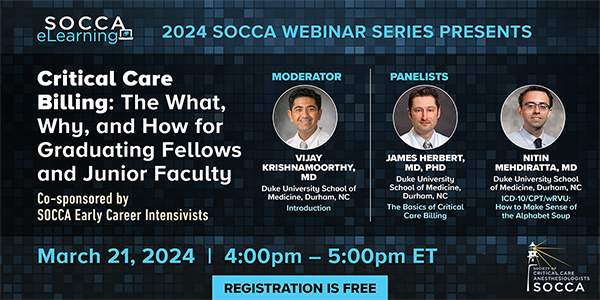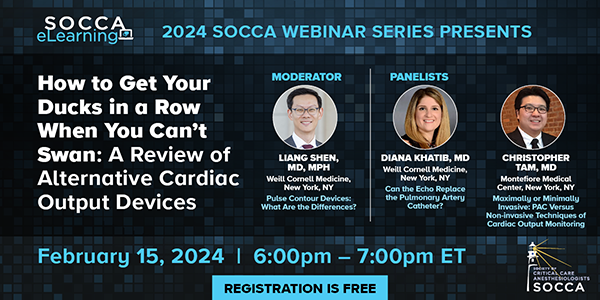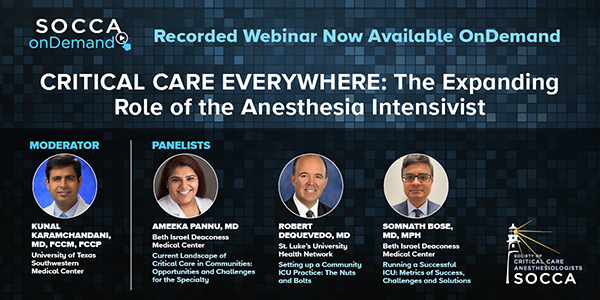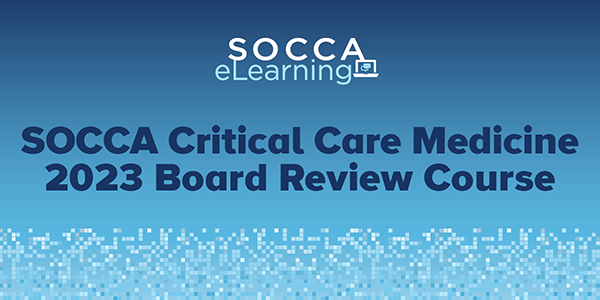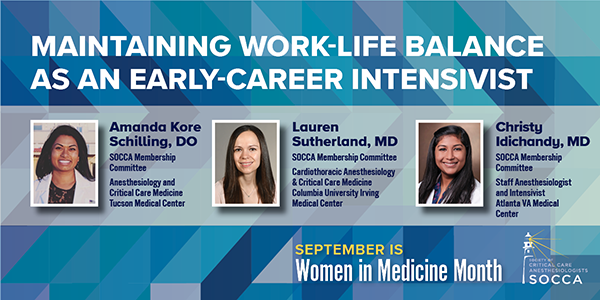Does the 2024 Anesthesiology Critical Care Fellowship Match Reflect a Sustained Decline in Interest in Our Subspecialty? A Closer Examination of Historical Trends
As the 2024 fellowship match cycle draws to a close, critical care leaders and stakeholders face a concerning reality. Data from this year’s match once again highlight trends that mirror the previous cycle, with 36% of anesthesiology critical care fellowship positions going unfilled (Figure 1). This persistent gap raises an urgent question: does this pattern signal a sustained decline in interest in our subspecialty?

While a preliminary examination of historical trends suggests the possibility of further stagnation or decline heading into 2025, a deeper analysis reveals that the situation may be more complex. Over the past decade, anesthesiology critical care has seen a substantial increase in training capacity, with fellowship positions expanding to meet anticipated clinical demand. Yet, despite this growth, the number of applicants has not risen proportionally. This imbalance underscores a critical challenge for the subspecialty, demanding a thoughtful reassessment of how it is positioned within the broader framework of anesthesiology subspecialty training programs.1
A Decade of Growth with Unmet Potential
Between 2014 and 2024, the number of anesthesiology critical care fellowship positions expanded from 150 to 226, while the number of participating programs increased from 47 to 64. Despite this growth, the applicant pool has remained relatively static, rising only slightly from 147 in 2014 to 156 in 2024. A temporary spike in interest during the COVID-19 pandemic in 2021 and 2022 brought brief hope of a sustained upward trajectory. However, this interest has since plateaued, reflecting an ongoing challenge in attracting new trainees.
While the data does not point to a dramatic decline, it does suggest a concerning trend: a growing mismatch between the number of available positions and the number of interested applicants. This disparity raises critical questions about whether the field is doing enough to attract and retain future intensivists. Factors such as the demands of the specialty, perceived work-life balance, and the emotional toll of caring for critically ill patients may all play a role. The stagnation in applicant numbers suggests a need for a deeper examination of how intensive care medicine is perceived by today’s trainees and whether more can be done to promote the benefits and opportunities inherent in the field.
Comparisons with Surgical and Pulmonary Critical Care
The trajectory of the anesthesiology critical care training landscape is particularly striking compared to the growth observed in surgical critical care fellowships. From 2014 to 2024, the number of surgical critical care fellowship positions rose from 143 to 340, alongside a 204% increase in applicants, from 95 to 289.1 This notable rise aligns with the broader implementation of the acute care surgery model, which has replaced traditional call schedules with a more predictable and structured work environment. The appeal of predictability and a clearer career pathway appears to be highly valued by prospective applicants.2 Moreover, surgical critical care has benefited from an expanding scope of practice and better integration with trauma surgery, making it an attractive option for those seeking a diverse clinical experience. Similarly, pulmonary and critical care medicine programs have also fared better, likely due to their dual focus on pulmonary and critical care, offering a broader range of career options and the flexibility to tailor one’s career to specific interests.3
Opportunities for Renewing Interest
Given these trends, it is imperative to consider strategies to enhance the appeal of anesthesiology critical care medicine. As our specialty increasingly adopts shift work models with dedicated daytime and nighttime intensivists, we have an opportunity to address the perceived lack of work-life balance and enhance our appeal to trainees. Additional potential strategies might include re-evaluating fellowship structures, promoting the diversity of practice opportunities within critical care, and highlighting unique aspects of the specialty that align with evolving trainee priorities—such as the impact of multidisciplinary care, technological advancements, and the pivotal role of anesthesiologist intensivists in shaping patient outcomes in the perioperative period. Additionally, engaging medical students and residents early in their training through targeted outreach, mentorship programs, and shadowing opportunities could inspire interest and clarify misconceptions.
In conclusion, while the current trends do not confirm a dramatic decline in interest in anesthesiology critical care, they underscore an urgent need for action. Stabilizing and growing the applicant pool will require addressing perceived barriers and amplifying the specialty’s unique strengths. By adapting to the evolving priorities of today’s trainees, anesthesiology critical care can position itself as a dynamic, rewarding, and impactful career choice.
References:
Flynn BC, Hicks MH, Jabaley CS, et al. Sustainability of the Subspecialty of Anesthesiology Critical Care: An Expert Consensus and Review of the Literature. J Cardiothorac Vasc Anesth. Aug 2024;38(8):1753-1759. doi:10.1053/j.jvca.2024.04.011
Sohail AH, Ye IB, Oberoi M, et al. Trends in Surgical Critical Care Fellowship Match: An Analysis of National Resident Matching Program Data. J Surg Educ. Mar 2024;81(3):382-387. doi:10.1016/j.jsurg.2023.11.011
Strumpf Z, Miller C, Abbas KZ, Bensken WP, Matta M. Trends in Pulmonary Critical Care Fellowship Applications and Match Rates before and after the Onset of the COVID-19 Pandemic. ATS Sch. Mar 2024;5(1):154-161. doi:10.34197/ats-scholar.2023-0057OC






